Okra Seeds Prerana F1 is top-notch if you are looking for a high-yielding, disease-resistant okra variety. This hybrid okra variety is known for its ability to produce an abundance of delicious pods, even in challenging growing conditions.
Growing Okra Seeds Prerana F1
Okra Seeds Prerana F1 is easy to grow and can be planted in a variety of climates. The best time to plant okra seeds is in the spring after the last frost has passed. Okra seeds should be planted in well-drained soil that is high in organic matter.
- Soak the seeds: Soak the okra seeds in warm water for 24 hours before planting. This will help to improve germination.
- Plant the seeds: Plant the seeds 1 inch deep and 12 inches apart.
- Water the plants: Water the plants regularly, especially during hot, dry weather.
- Fertilize the plants: Fertilize the plants every 4-6 weeks with a balanced fertilizer.
- Harvest the pods: Harvest the pods when they are 3-4 inches long. The pods should be green and firm.
CLIMATE and SOIL
The OKRA requires a similar climate as for paprika with ideal temperatures between a minimum of 20 and a maximum of 30 degrees. Okra prefers light soil with a pH of about 6. Compact soil restricts the growth of the OKRA.
FERTILIZATION
General fertilization for OKRA is with a compound of 10-2-10 and the quantities must be decided after a soil test. Too much nitrogen will result in too lush growth, susceptible weak plants, and few fruits. Soil analysis should be repeated regularly to adjust the quantities of fertilizer for best results.
SOWING
The OKRA seeds have tough skin and it is recommended to soak the seeds in lukewarm water overnight before sowing to improve germination. The seeds should be treated with Thiram to prevent damping off.
TRANSPLANTING
After about five weeks.
PLANTING
The suggested plant distance for OKRA is 1 meter between the rows and 30 cm in the row, about 34000 plants per HA.
The young Okra plants are very tender so make sure not to damage the young plants when transplanting or planting out.
DISEASES AND PESTS
Must be dealt with as soon as they become visible, with the locally recommended products. Yearly crop rotation is also recommended
to reduce the need for disease control. Weeds must be kept under control from the start.
HARVESTING OKRA
Harvesting can start about 50 days after planting out and could continue over a prolonged period of time, provided proper care has been taken to maintain the crop. Harvesting should be done every other day for the best quality and the highest yield.
Harvesting should be done with a sharp knife and wearing gloves and long sleeves as the plants could cause an allergic reaction with some people to protect the skin of the hands from rashes. The tender OKRA fruit dries out quickly after being harvested, losing quality.
Ideally, harvesting OKRA should be done very early in the day when temperatures are still low. The fruit should be put in a shaded and cool place immediately. Handle the OKRA fruit very carefully, bruised pods will turn brown within hours.
STORING OKRA
Always store in a very well-ventilated place at a temperature of ca. 8 degrees C. and relative humidity of 95%
Good quality OKRA will keep for a week or ten days. Storing in perforated packs and applying 5 to 10 % CO2 could increase shelf life with another week.
PRODUCTION
The production of OKRA depends of course on the skill of the grower but could be when in full production 5 kilo per 100 m2. in one picking, as part of a total possible yield of ca. 1500 kilo per 100 m.
HOW TO USE
OKRA can be used in the kitchen in many different ways, often together with tomatoes: raw in a salad or cooked in a mixed vegetable dish, on the barbecue, in a stew, and also deep fried.
NUTRIENT VALUES
The OKRA is full of vitamins, minerals, and trace elements, such as Beta carotene, B1., B2., B6., Folium acid, Na., K., Ca., F., Mg., Fe., Sel., Zinc.
The OKRA is claimed to have positive effects on many diseases and disorders but these claims are still to be verified.

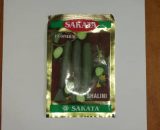

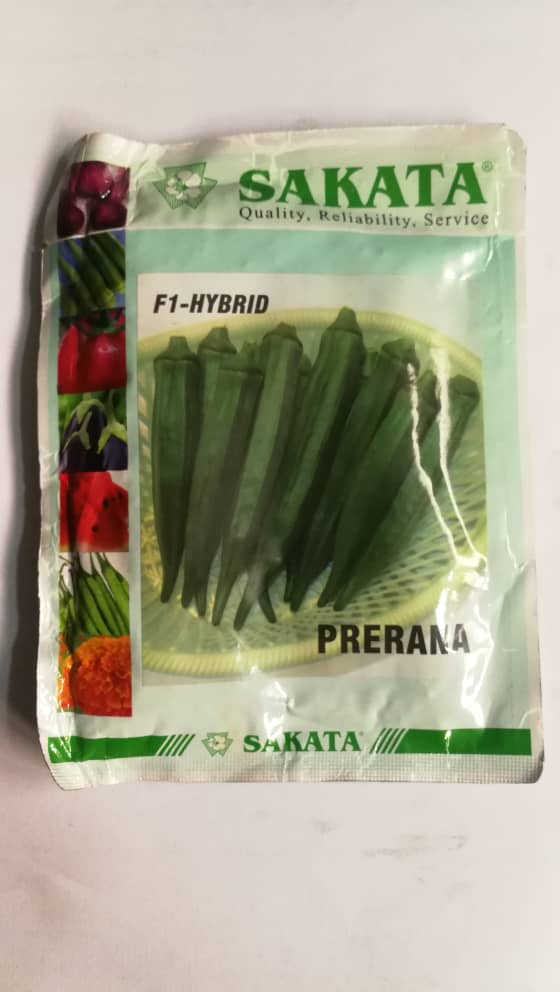
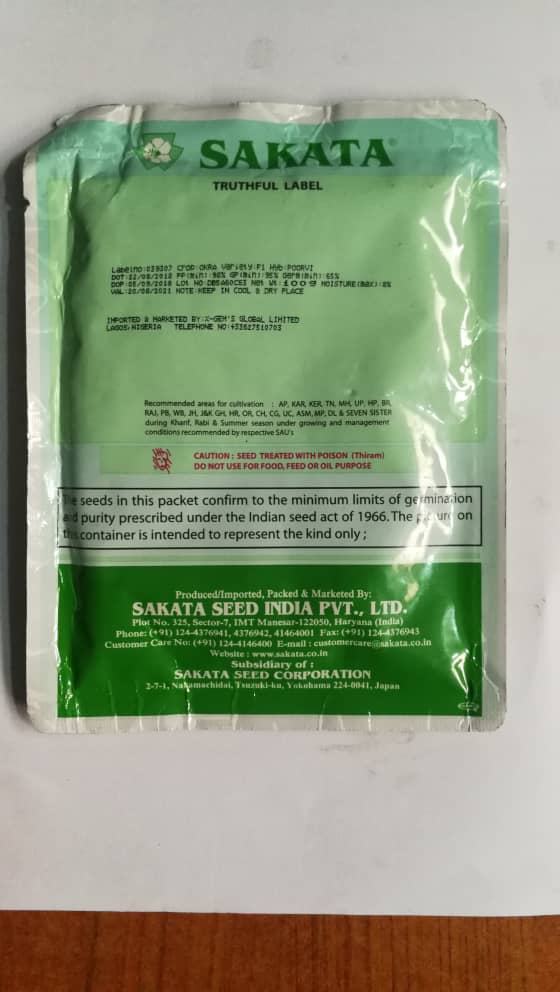
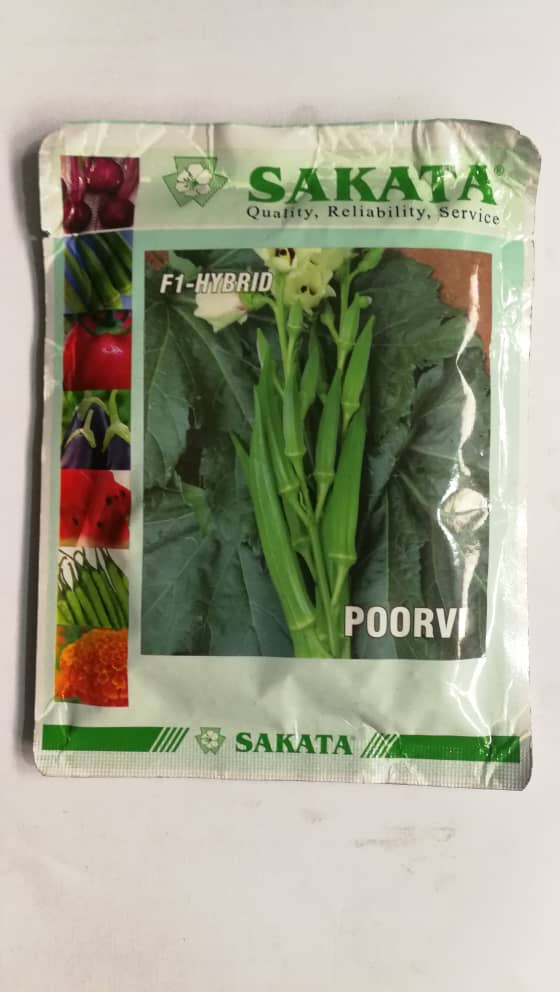




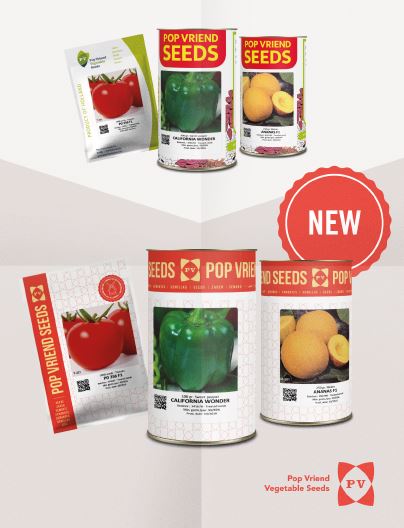


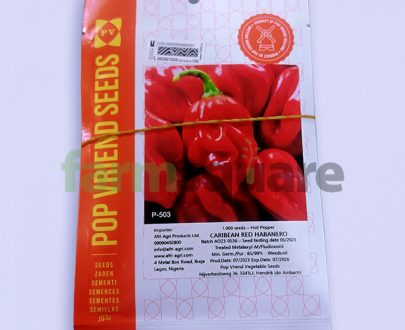
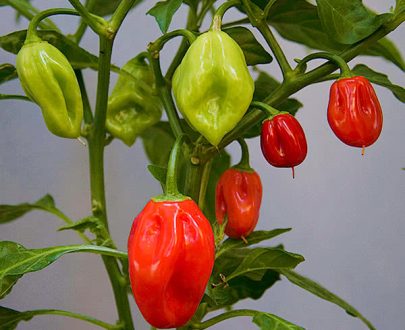


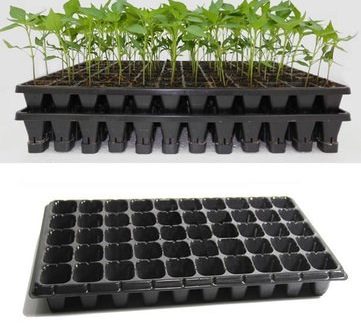
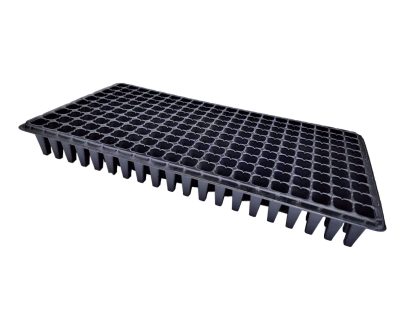
Customer reviews
2 reviews for Okra Seeds Prerana F1 | High-Yielding Okra Variety
Very viable seeds. Thank you
Thank you for the seeds. Just exactly as on the picture. Will be getting the cucumber seeds also next week
Only logged in customers who have purchased this product may leave a review.